How To Remove Blackheads
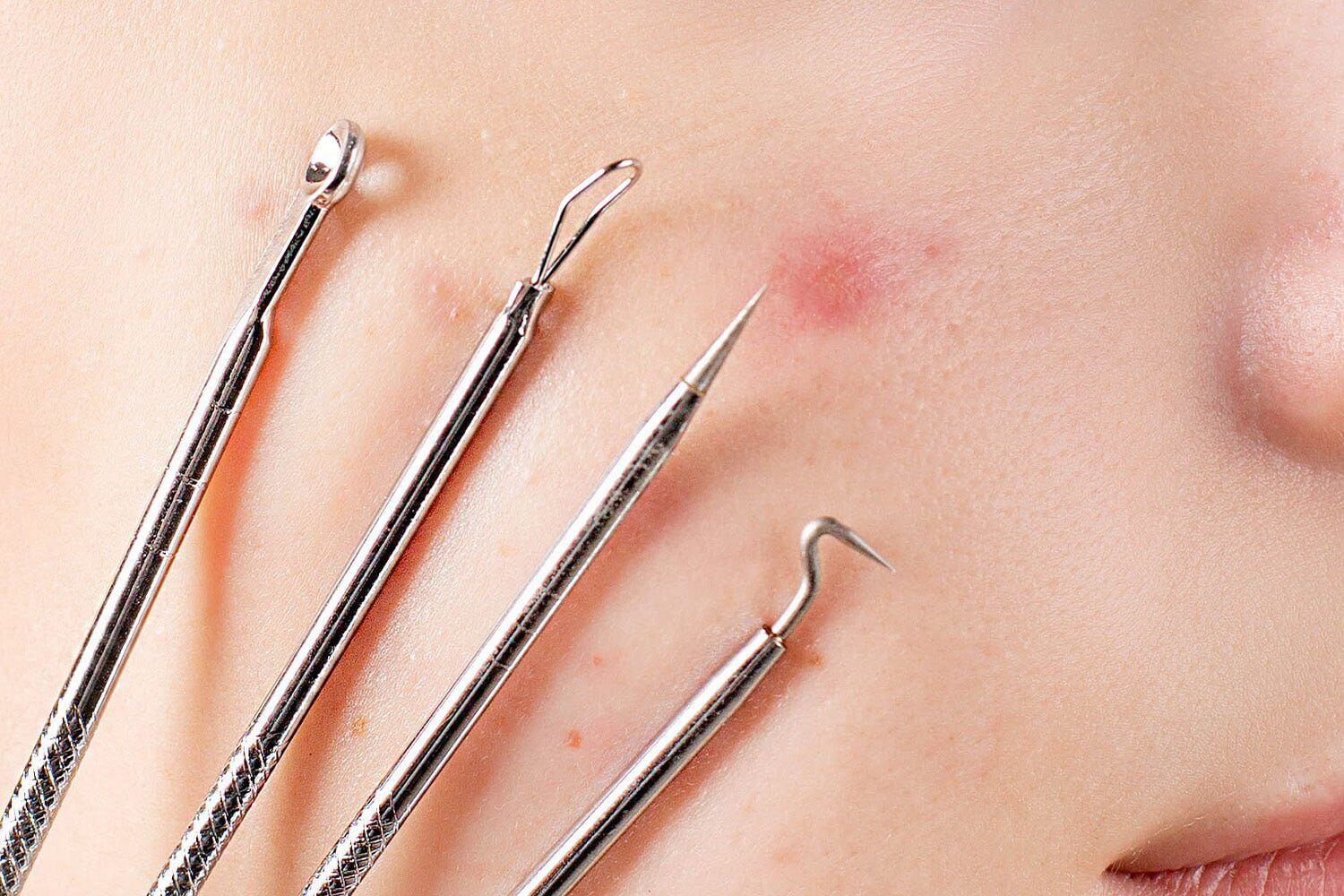
Allow us to be completely transparent with you; blackheads are impossible to prevent fully, and they are entirely normal. So, if you have blackheads, you’re not alone. To rid yourself of blackheads, you need to understand what’s happening inside your pores.
We will guide you through some beneficial info to help you understand what blackheads are and how to remove them.
What Are Blackheads?
Blackheads (comedo) are a type of acne that occurs when the hair follicles in your skin become clogged with dirt, oil, and dead skin cells; these are called comedones. Whiteheads are another form of acne. If you have either of them, you know how stubborn they are and how difficult it can be to remove them.
Normally, skin cells slough away from the healthy skin on your face, but sometimes these dead skin cells become stuck inside your pores. These dead skin cells mix inside the pores with the sebum that your skin naturally produces. The substances become exposed to the air and oxidize, giving them a blackish appearance. And this is how a blackhead forms.
Blackheads pop up on the areas of your face that produce excess oil, such as the nose, chin, and forehead (T-zone). In addition to blackheads on your face, they can also form on the chest, back, shoulders, and insides of the ears.
People with naturally oily and combination skin usually tend to also experience acne-prone skin and are likely to develop blackheads.
What Causes Blackheads?
Many things cause blackheads, but the most common include:
- Genetics
- Stress
- Diet, including fatty and high sugar foods
Do Genetics Cause Blackheads?
Yes! One of the leading causes of blackheads is genetics. If you have a family history of acne such as blackheads, chances are you will have them too.
How Stress Affects Blackheads
Believe it or not, stress can actually make your skin oilier, which leads to clogged pores and acne. When you experience stress, your body releases cortisol into the bloodstream, and this cortisol increases your skin’s sebum production in the sebaceous glands.
Stress triggers many chemical responses that may cause acne. Stress also causes a delay in wound healing because stress hormones disrupt the skin's self-repair process.
How Your Diet Affects Blackheads
Your diet affects your hormones, which may lead to acne. Some foods may trigger inflammation, such as high-fat, high-sugar foods, and milk. These foods increase insulin levels which affect hormones, and we know that hormones affect the skin. In fact, studies indicate that dairy intake affects adult acne, possibly making it worse.
How To Get Rid of Blackheads
There are many methods designed to help get rid of blackheads. Here are the five most common ways to rid your skin of these pesky black spots:
- Physical exfoliants (Scrubs)
- Chemical exfoliants/ chemical peels
- Masks
- Home remedies
- Extraction
How To Remove Blackheads With Physical Exfoliants
Blackhead removal can be frustrating because blackheads are stubborn. Physical exfoliants help remove dead skin cells from the surface of your skin and make a great addition to your skincare routine.
Removing dead skin cells helps prevent new blackheads from forming and helps unclog pores that already have them. When exfoliating, use gentle circular motions on your face, avoiding the delicate eye area.
There are many types of scrubs available, so choose one carefully. Here are a few ingredients to look for in an exfoliant for blackhead prevention and treatment:
- Rice Powder: Rice powder serves as an effective physical exfoliant with granules large enough to scrub away impurities without leaving your skin irritated or uncomfortably dry. Rice flour or powder may also be rich in certain vitamins and minerals, like B vitamins, that can benefit your skin health.
- Sugar: Sugar granules are a gentle exfoliant that melts away as you massage them into the skin. It is excellent for all skin types.
- Coffee Grounds: Coffee grounds contain caffeine, which tightens the skin and is gentle. It is suitable for all skin types.
When you read the labels of exfoliants, be diligent in watching for the following harmful ingredients. Here are a few elements to avoid when selecting your scrub:
- Sodium Lauryl Sulfate & Sodium Laureth Sulfate: SLS and SLES have been stigmatized as bad ingredients due to people experiencing sensitivity or dryness after use. These ingredients are highly effective are removing oils from the skin, meaning that dryness and sensitivity may be a result of those oil-stripping properties that disrupt your skin’s natural balance of lipids.
- Fragrance: The word fragrance could mean anything, so you don’t know what you put on your skin. Specifically, be on the lookout for artificial fragrances. Instead, look for plant-derived alternatives.
- Paraben: Parabens have been largely stigmatized due to studies in rats that suggested hormone disruption, but the concentrations studied were much larger than those used in skincare products. However, we at Three Ships opt for other preservatives instead of parabens to bring consumers the utmost reassurance.
- Mineral Oil: If you are already struggling with acne, please don’t use products containing mineral oil. Mineral oil has large molecules that sit on top of the skin rather than absorbing into the skin, but they may contribute to clogged pores.
- Aluminum: Aluminum is a toxic metal that may have estrogen effects on the body and disrupt the endocrine system.
How To Remove Blackheads With Chemical Exfoliants
Chemical exfoliants aren’t as harsh as the name sounds. Many natural exfoliants are gentle on the skin. Instead of physically scrubbing your skin, chemical exfoliants dissolve all of the yucky stuff from your pores and penetrate deep into the skin.
Chemical exfoliants are excellent for congested skin. The concentrations of these exfoliants vary. Weaker chemical exfoliants are acceptable for home use, while dermatologists and estheticians apply stronger versions in the office.
There are many different types of chemical exfoliants.
AHAs
Alpha hydroxy acids are a group of ingredients categorized by ingredients of plant and animal-derived acids. They are dissolvable in water and work on the surface of the skin. AHAs are excellent for congested skin and promoting healthy skin as you age. The following acids are AHAs.
Glycolic Acid
Glycolic acid is perfect for deeply congested skin, dull skin, and problem pores. It is sometimes diluted and used in everyday skincare products, and higher concentrated versions are used as chemical peels. Glycolic acid is the most popular AHA.
Lactic Acid
Lactic acid comes from milk and plants. It is gentler than glycolic acid, and it is very versatile, ranging from ultra-gentle to highly potent professional peels.
Citric Acid
Citric acid comes from fruit, and it helps your skin age gracefully as well as clears congested pores. Citric acid melts away the top layer of the skin, leaving a smooth fresh.
BHAs
Beta hydroxy acid (BHA) refers to salicylic acid. It is oil-soluble, which means it melts away oil and gunk trapped inside your pores. BHAs remove debris and impurities while penetrating the pores and reducing fine lines and wrinkles.
It is the most prevalent chemical treatment for acne and is an ingredient in various products. Salicylic acid comes in over-the-counter and professional use concentrations. BHAs are not alpha hydroxy acids.
How To Reduce Blackheads With Retinoids
Your skin requires vitamin A for cell turnover. It works by dissolving dead skin cells, eliminating bacteria, reducing inflammation, and encouraging cell turnover. These actions help avoid future blackheads and breakouts.
Vitamin A impacts the skin by:
- Reducing oil production
- Increasing cell growth
- Reduce swelling
- Minimize signs of acne
- Simulates skin healing
- Evens skin tone and texture
If you’re looking for a higher concentration of retinoids, consider scheduling an appointment with your dermatologist to discuss your options
How To Get Rid of Blackheads With Extraction
Extraction may seem like the most straightforward and satisfying remedy to rid your skin of blackheads, but it could damage your skin. Squeezing or using an extractor tool may cause damage and traumatize the skin if you aren’t careful. Doing this may also introduce bacteria into the deeper parts of the skin tissue.
To help prep and soften your skin before extractions, steam your face or take a long shower beforehand.
Home Remedies for Blackhead Removal
If you’re looking for an at-home DIY remedy to rid yourself of blackheads, you have several options.
- Clay masks
- Pore strips
- Lemon juice & baking soda
- Honey & lemon
How To Remove Blackheads Using Clay Masks
Clay masks draw impurities out of your pores without damaging the skin. It absorbs oil and dissolves dead skin through capillary action, and after 15 minutes, you simply rinse the residue away.
How To Remove Blackheads Using Pore Strips
Pore strips are one of the original types of pore ‘cleaners.’ These work by adhering to the skin and essentially peeling away the blackheads and debris in the pores. These are effective; however, they do not remove all of the gunk in your pores and can be rough on the skin.
Some pore strips include a charcoal ingredient that detoxifies to break down dirt and oil and clean the pores.
How To Remove Blackheads Using Lemon Juice & Baking Soda
Making a paste with lemon juice and baking soda is quite effective for nixing blackheads. Simply mix one tablespoon of baking soda with half a tablespoon of fresh lemon juice.
Apply the paste to the blackheads area and allow it to dry completely.
Once it’s dry, rinse it away with warm water. This mixture releases the debris inside the pores and tightens them back up. It’s a quick fix for cleaning your skin. If you don’t have a lemon on hand, you may use water instead.
How To Remove Blackheads With Honey & Lemon
Honey is an excellent antibacterial agent, and lemon contains citric acid with cleansing properties. Since blackheads have bacteria, honey is a fantastic option for removing blackheads.
Mix one tablespoon of honey with one tablespoon of lemon juice and one tablespoon of sugar granules. Apply it gently to the affected areas of your skin in a circular motion. Leave it on the skin for 15 to 20 minutes, then rinse with warm water.
How To Remove Blackheads With Apple Cider Vinegar
Apple cider vinegar effectively eliminates the bacteria that causes blackheads. It has incredible antimicrobial effects and many other skin benefits, so it is acceptable to use it on a daily basis until your skin clears up.
Then, you may use it once per week to keep your skin clean and clear. To use apple cider vinegar as a blackhead treatment, simply soak a cotton ball or cotton pad in apple cider vinegar and wipe it across the affected area. Allow it to remain on your skin for about 15 minutes, then rinse your face with warm water.
How To Remove Blackheads With Tomato
Tomato pulp has antioxidants and antibacterial properties that may help remove toxic elements from the skin. Since tomatoes are acidic, you may dilute the pulp in water if you have sensitive skin to reduce irritation.
This method requires you to mash and peel a small, soft, red tomato and apply it to the areas of the skin affected. Leave the pulp on your skin for 30 to 45 minutes, then rinse it away with warm water.
Try this method one to three times per week for blackhead management.
How To Remove Blackheads With Tea Tree Oil
Tea tree oil has antibacterial properties that effectively treat acne and other skin conditions. Use a pure tea tree essential oil or a bar of soap or cream containing tea tree oil. Apply it directly to the affected areas twice daily to treat specific areas.
Tea tree oil provides potent skin benefits equivalent to benzoyl peroxide.
How To Prevent Blackheads
If you are prone to developing blackheads, it’s prevent them from becoming worse. While there is no definite way to avoid blackheads altogether, it is possible to lessen their appearance and severity. Here are a few ways you can prevent blackheads from becoming worse.
Minimize Stress
To minimize stress, you need to tackle it head-on. Evaluate the sources of stress and take measures to reduce their effects. Take a walk outdoors, read a book, take a relaxing bubble bath, or try peaceful meditation practices. Taking time to do something you enjoy is healing to your mind, body, and spirit.
Proper Skincare Routine
Following a skincare routine is vital to prevent and treat acne. Cleanse your face twice per day, and after workouts, tone your skin with a toner to balance, hydrate, and moisturize. Apply a clay mask once per week and exfoliate two to three times per week as needed.
Use skincare that is non-comedogenic and oil-free. Taking care of your skin is your first line of defense against premature aging and acne.
Drink Plenty of Water
Drinking water does not prevent acne entirely, but it does help. Water consumption flushes toxins from your body and helps keep your skin well hydrated. When your body and skin are hydrated from the inside, your cellular structures and tissues are healthy and function efficiently.
Follow a Healthy Diet
Eating a healthy diet helps prevent or lessen acne and keep skin healthy and hydrated. Incorporate water-rich and nutrient-dense foods into your diets, such as oranges, broccoli, spinach, lean meats, and fish.
Fatty and greasy foods increase sebum production in your skin and affect hormones, so eating a healthy diet keeps your skin healthy and clean too.
Bottom Line
Blackheads are stubborn areas of impacted dead skin cells and sebum in the hair follicle of the pores. They are a form of acne that is very common. Blackheads typically form on the face in the T-zone, the chest, back, shoulders, and inside the ears. They are challenging to prevent and treat, but many ways lessen their severity.
Many natural at-home remedies are effective in treating blackheads. Keeping your skin clean, toned, and moisturized is the first step you can take in combating acne.
Three Ships Beauty has transparent skincare formulations explicitly designed to treat all skin types. If you have troublesome acne and need a solution, check out our plant-based acne skincare intended to provide you with cleaner, clearer skin you’ll love.
Sources:
Acne: Overview | American Academy of Dermatology
Acne | Blackheads | Pimple | Zits | MedlinePlus
Rice flour, unenriched, white nutrition facts and analysis. | Nutrition Value
- Tags: rec1:detox-green-tea-antioxidant-clay-mask rec2:soothe-rosehip-vitamin-c-clay-mask Skin Education
1 comment
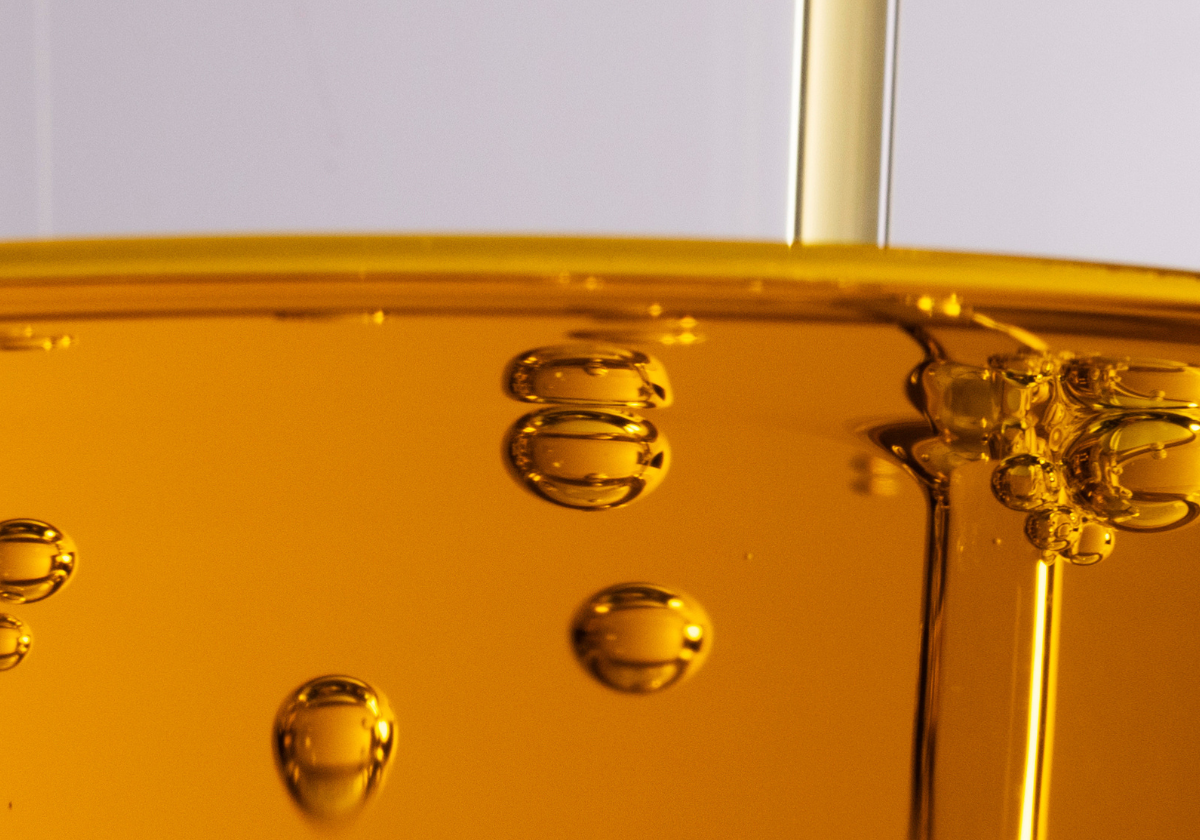
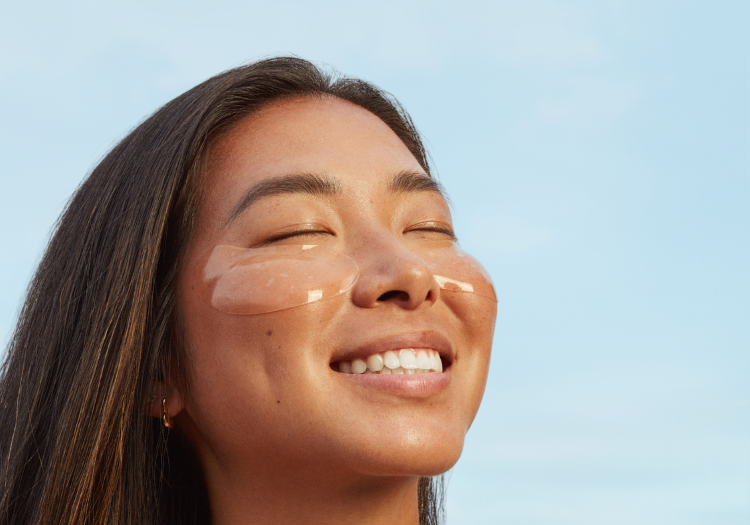
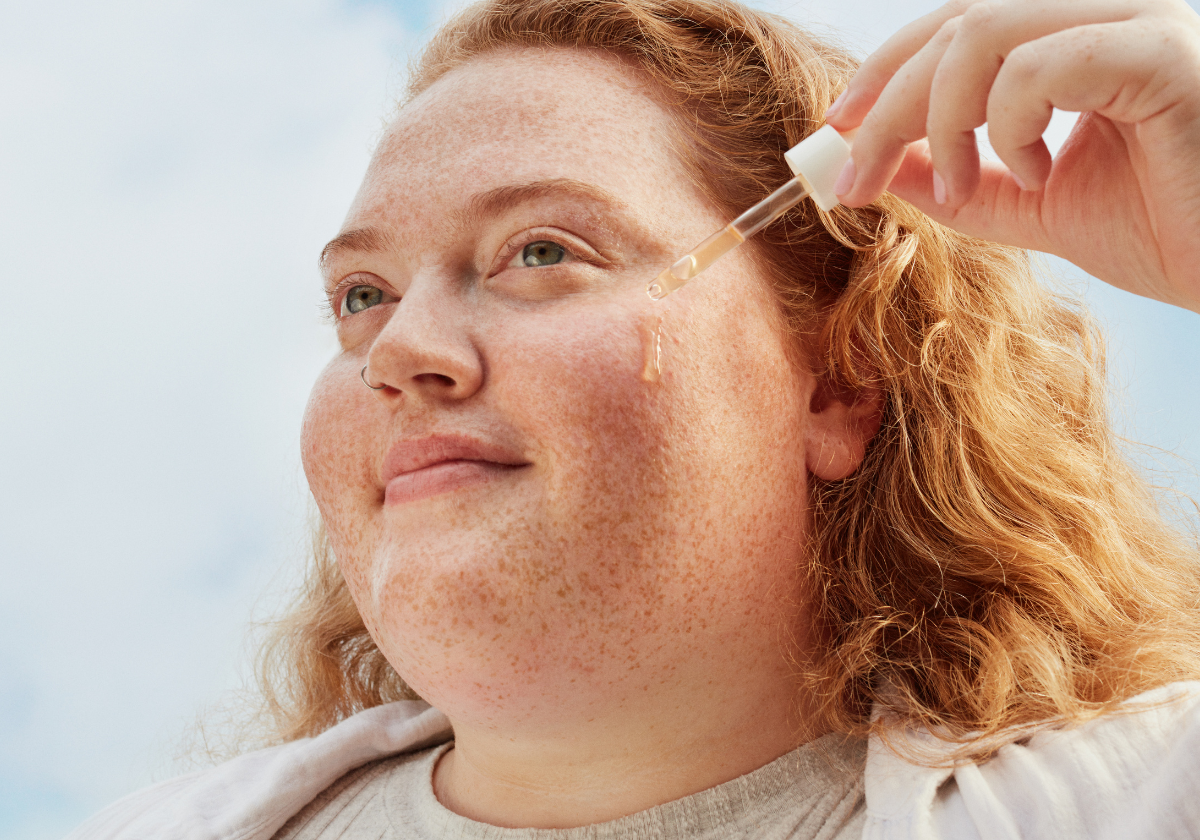
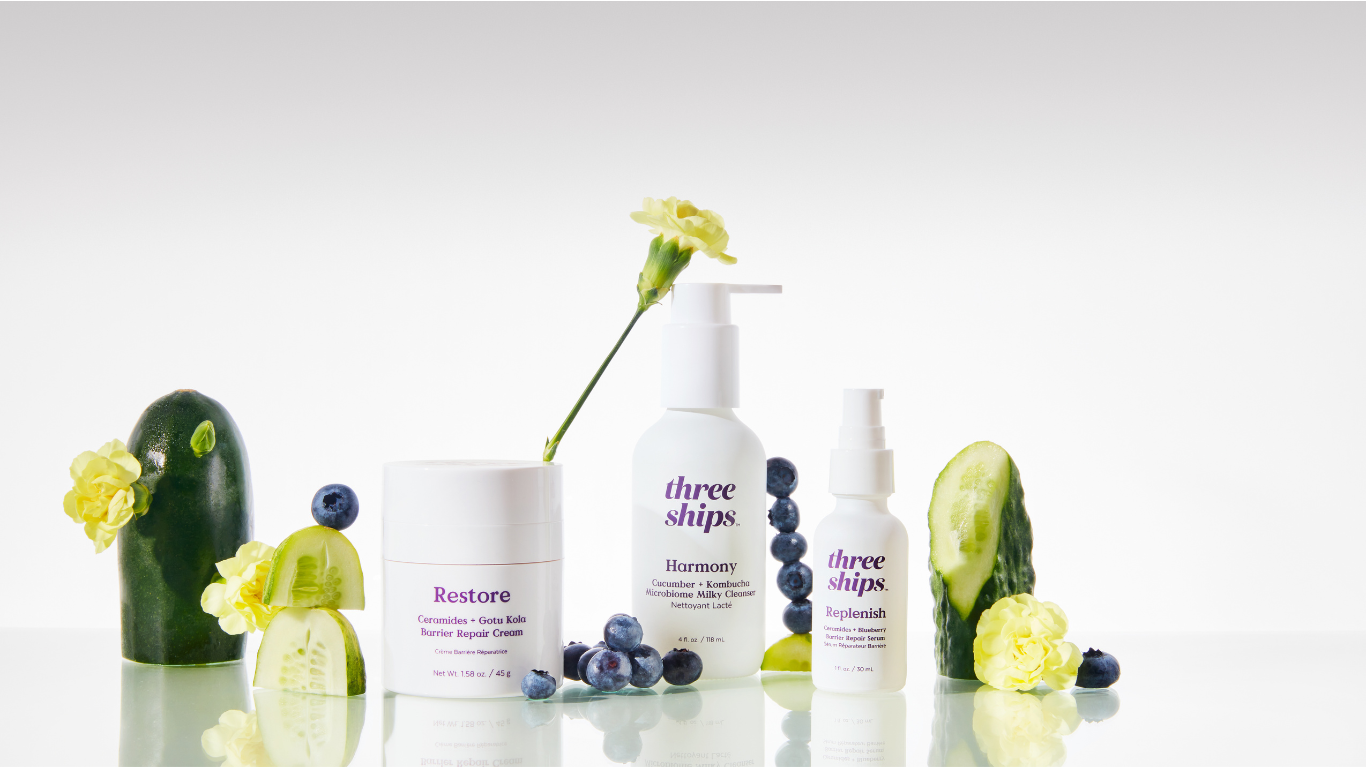


Thank you so much! I really like the way the articles are written:)